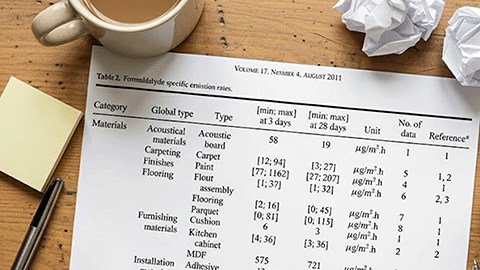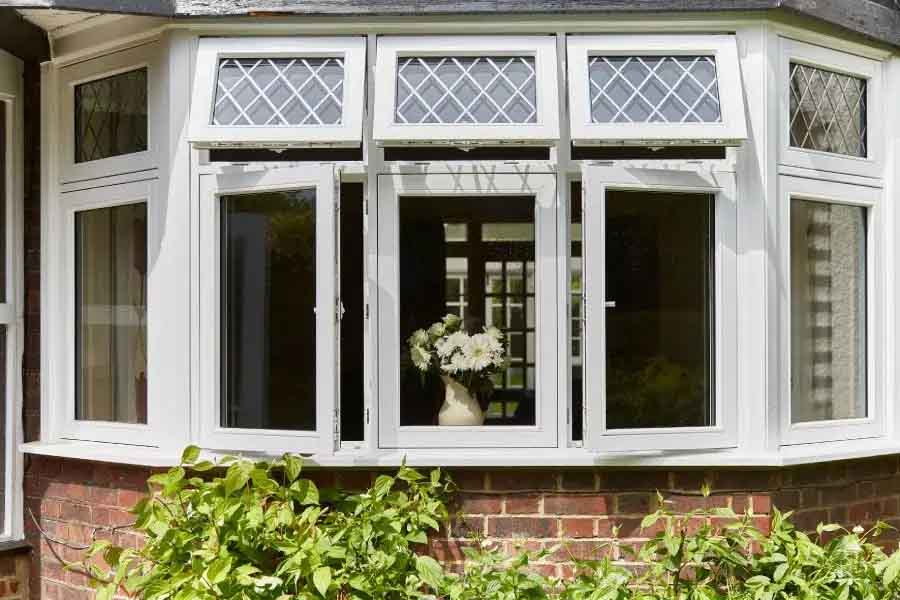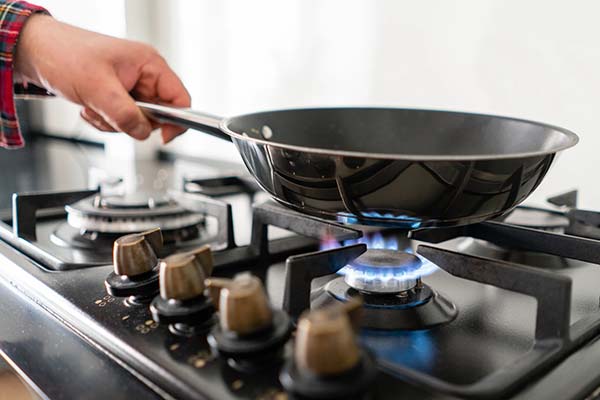How Bipolar Ionisation Saves Energy in HVAC Systems
Bipolar ionisation is a technology used to improve indoor air quality and potentially increase energy efficiency in HVAC systems. It works by producing positive and negative ions that are released into the air. These ions can interact with particles and contaminants in the air, causing them to clump together and become larger, making it easier for filters to capture or gravity to settle them.
For more information on how bipolar ionisation works and its effectiveness at air cleaning, see our article How Bipolar Ionisation Works.
This technology can also have some impact on energy efficiency in HVAC systems, although the extent of the impact can vary based on several factors.
6 ways bipolar ionisation saves energy
Here's how bipolar ionisation can potentially help save energy in HVAC systems:
1. Improved Air Quality
By reducing airborne particles, contaminants and pathogens, bipolar ionisation can lead to cleaner air. Cleaner air improves the efficiency of heat exchange in fan coil systems, as cleaner coils and components can transfer heat more effectively.
2. Reduced Cooling Load
Cleaner HVAC coils can lead to better heat exchange, which can reduce the cooling load on the HVAC system. This means that the system doesn't have to work as hard to maintain the desired indoor temperature, potentially resulting in energy savings.
3. Reduced Ventilation Rates
Bipolar ionisation can lead to a decrease in the required ventilation rates, as it can help control odours, volatile organic compounds (VOCs), and other indoor pollutants. This allows for a reduction in the amount of outside air that needs to be conditioned and brought into the building, which can save energy by reducing the load on the HVAC system.
4. Lower Filtration Resistance
As ions cause particles to agglomerate, the larger particles are easier for low grade air filters to capture. This means that high-capacity filters can remain effective for longer periods before needing replacement or cleaning. Filters with lower resistance contribute to improved airflow and reduced energy consumption.
5. Extended HVAC Maintenance Intervals
With fewer particles reaching HVAC components such as coils, fans and blowers, maintenance intervals for cleaning and servicing these components may be extended. This can lead to less downtime and energy consumption associated with maintenance activities.
6. Potential for Downsizing Equipment
In some cases, the improved efficiency of HVAC components due to reduced particle buildup could allow for downsizing the HVAC equipment without sacrificing performance. Smaller equipment typically consumes less energy. This is recognised in ASHRAE 62.1
To understand the types of bipolar ionisation solutions available
and where they should be installed in HVAC, see our BPI products page.
Tips for meeting ASHRAE standards
ASHRAE Standard 62.1 – Ventilation and Acceptable Indoor Air Quality is a widely recognized standard that provides guidelines for ventilation and indoor air quality in commercial buildings. It focuses on maintaining acceptable indoor air quality while minimising energy consumption. When considering the use of bipolar ionisation in conjunction with ASHRAE 62.1, there are several factors to consider:
- Compliance with ASHRAE 62.1 Requirements: Bipolar ionisation technology can contribute to improving indoor air quality and reducing contaminants, which aligns with the goals of ASHRAE 62.1. However, it's important to ensure that the technology doesn't compromise compliance with the standard's ventilation requirements. The technology should be integrated in a way that still meets the recommended ventilation rates for different spaces.
- Reduced Outdoor Air Requirements: One potential benefit of using bipolar ionisation is that it can help control indoor air pollutants, potentially allowing for a reduction in the required outdoor air intake rates. This reduction in outdoor air can lead to energy savings by reducing the load on the HVAC system. However, any adjustments to outdoor air requirements should be done carefully and in accordance with ASHRAE guidelines to maintain indoor air quality. Combining bipolar ionisation systems with air quality determined ventilation (AQDV) will bring the biggest opportunities for energy savings.
- System Design and Sizing: When integrating bipolar ionisation with an HVAC system, it's essential to ensure that the ionisation system is appropriately designed and sized. Considerations such as the location of ionisation units, airflow patterns, and distribution of ions should be accounted for to maximise the technology's effectiveness while maintaining energy efficiency.
- Energy Savings Calculation: If you're aiming to demonstrate energy savings achieved through the use of bipolar ionisation in accordance with ASHRAE 62.1, you'll need to perform energy simulations or calculations that take into account the technology's impact on ventilation rates, air quality and HVAC system performance. This can help quantify the potential energy savings and ensure that the system still meets ASHRAE standards.
- Monitoring and Maintenance: Regular monitoring and maintenance of the bipolar ionisation system are crucial to ensure its continued effectiveness. An improperly maintained system might not achieve the desired indoor air quality improvements and could lead to energy wastage or poor air quality. Regular maintenance will also help ensure the longevity and optimal performance of the technology.
- Documentation and Reporting: If you're seeking to demonstrate compliance with ASHRAE 62.1 and the energy savings achieved through bipolar ionisation, it's important to maintain detailed documentation of system design, calculations, simulations and maintenance activities. This documentation can be valuable for regulatory compliance, internal reporting and external certifications. We can assist with these calculations using the Plasma Air PlasmaSoft programme.
At ARM Environments, we take a considered approach to recommending HVAC technologies and their return on investment in terms of products and energy efficiency. To learn more about energy efficiency with air cleaning technologies, get in touch.






